Home>Others>Specialized Home Improvement Topics>Why Are My Car Windows Fogging Up Inside When Parked
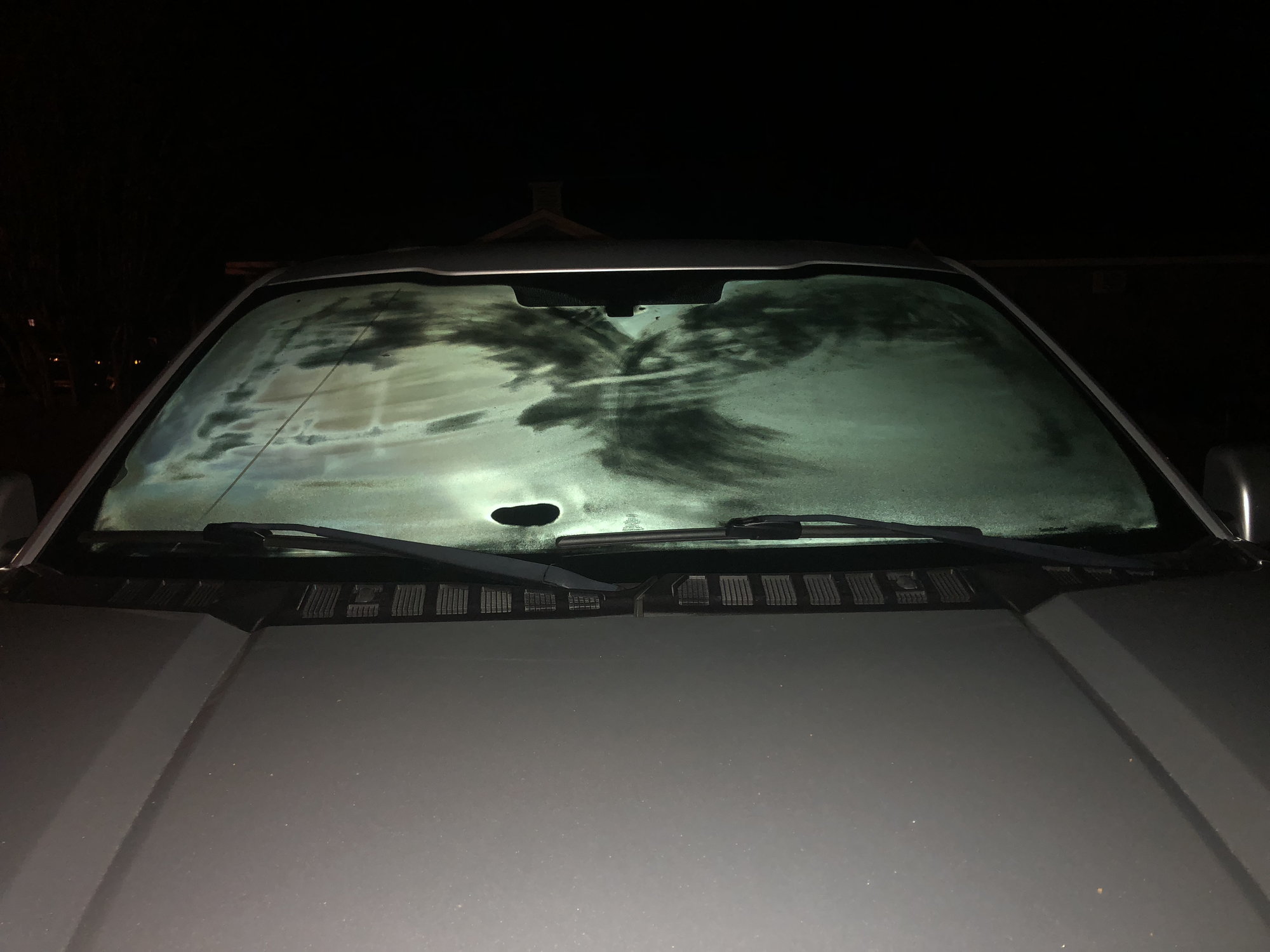

Specialized Home Improvement Topics
Why Are My Car Windows Fogging Up Inside When Parked
Modified: January 14, 2024
Discover the reasons behind foggy car windows when parked and find solutions. Explore specialized home improvement topics for a clearer view.
(Many of the links in this article redirect to a specific reviewed product. Your purchase of these products through affiliate links helps to generate commission for Storables.com, at no extra cost. Learn more)
**
Introduction
**
Have you ever parked your car, only to return to find the interior windows fogged up? It's a common occurrence that can be quite frustrating, especially when you're in a rush. Understanding why your car windows fog up inside when parked is the first step toward finding effective solutions to prevent it. In this article, we'll delve into the various causes of interior window fogging, including both external and internal factors. By gaining insight into these causes, you'll be better equipped to take proactive measures to keep your car windows clear and your driving experience safe and comfortable. So, let's embark on this journey to uncover the mysteries behind interior window fogging and learn how to combat it effectively.
**
Key Takeaways:
- Don’t let foggy car windows ruin your day! External factors like weather and precipitation, as well as internal contributors like moisture from occupants and inadequate ventilation, can all lead to interior window fogging.
- Keep your car windows clear with simple strategies! Use ventilation and climate control, manage moisture, maintain your car’s HVAC system, and employ defogging techniques to prevent interior window fogging and ensure safe, comfortable travels.
Read more: Why Do The Windows In My Car Fog Up
Understanding the Causes of Interior Window Fogging
**
Interior window fogging occurs when moisture in the air condenses on the cooler surface of the glass, creating a hazy layer that obstructs visibility. This phenomenon can be attributed to a combination of external and internal factors, all of which contribute to the accumulation of moisture inside your car. By understanding these causes, you can implement targeted strategies to mitigate interior window fogging effectively.
External Factors Contributing to Interior Window Fogging
- Weather Conditions:** External temperature and humidity levels play a significant role in causing interior window fogging. During cold and damp weather, the temperature disparity between the inside and outside of your car can lead to condensation on the interior glass surfaces.
- Precipitation:** Rain, snow, or even high humidity levels can introduce excess moisture into the air inside your car, contributing to the likelihood of interior window fogging.
Internal Factors Contributing to Interior Window Fogging
- Moisture from Occupants:** The mere act of breathing releases moisture into the air, especially in a confined space such as a car interior. This moisture can accumulate on the windows, particularly during longer journeys or when multiple passengers are present.
- Wet Clothing and Accessories:** Items such as wet umbrellas, jackets, or even damp footwear brought into the car can increase the overall humidity levels, exacerbating the potential for interior window fogging.
- Inadequate Ventilation:** Insufficient airflow within the car can contribute to the buildup of moisture, as it restricts the dispersion of humid air and impedes the evaporation of condensation on the windows.
By recognizing the interplay of these external and internal factors, you can gain valuable insights into the root causes of interior window fogging. Armed with this understanding, you'll be better prepared to explore effective preventive measures to keep your car windows clear and your driving experience free from visibility obstructions.
**
External Factors Contributing to Interior Window Fogging
**
External factors, such as weather conditions and precipitation, play a pivotal role in the occurrence of interior window fogging in parked cars. Understanding how these elements contribute to moisture accumulation inside your vehicle is crucial for devising effective strategies to prevent fogging.
Weather Conditions:
The temperature and humidity levels in the external environment directly impact the likelihood of interior window fogging. During colder weather, the temperature variance between the inside and outside of the car can lead to condensation on the interior glass surfaces. Additionally, high humidity levels can exacerbate this effect, especially when combined with lower temperatures.
Precipitation:
Rain, snow, or even high humidity levels can introduce excess moisture into the air inside your car, creating an environment conducive to interior window fogging. After parking your car in wet conditions, the residual moisture from precipitation can linger in the interior, contributing to the potential for fogging when the temperature inside the vehicle differs from the ambient conditions.
By recognizing the impact of these external factors, you can take proactive measures to mitigate their influence on interior window fogging. Simple steps, such as using ventilation systems to regulate the internal climate and employing moisture-absorbing materials, can help counteract the effects of external weather and precipitation, ultimately preserving clear visibility through your car windows.
**
To prevent car windows from fogging up inside when parked, try using a moisture-absorbing product like silica gel or cat litter in a breathable container. This will help reduce the humidity inside the car and prevent fogging.
Internal Factors Contributing to Interior Window Fogging
**
While external factors play a significant role in interior window fogging, internal contributors within the car’s environment also contribute to the accumulation of moisture on the glass surfaces. Understanding these internal factors is essential for implementing targeted solutions to prevent interior window fogging effectively.
Moisture from Occupants:
The simple act of breathing releases moisture into the air, and when multiple occupants are present in a confined space such as a car, this effect is compounded. During longer journeys, the cumulative moisture from occupants’ breath can lead to increased humidity levels inside the vehicle, promoting interior window fogging.
Wet Clothing and Accessories:
Bringing wet items such as umbrellas, jackets, or footwear into the car introduces additional moisture, further elevating the overall humidity levels within the vehicle. This excess moisture can contribute to the propensity for interior window fogging, especially in conjunction with other internal and external factors.
Inadequate Ventilation:
Insufficient airflow within the car restricts the dispersion of humid air and impedes the evaporation of condensation on the windows. Without proper ventilation, the moisture content in the air remains high, increasing the likelihood of interior window fogging, particularly in enclosed spaces or during periods of inactivity.
By recognizing and addressing these internal factors, you can proactively manage the moisture levels inside your car, mitigating the conditions that lead to interior window fogging. Implementing measures such as improved ventilation, minimizing the introduction of wet items, and regulating internal humidity can significantly reduce the occurrence of fogging, ensuring clear visibility through your car windows.
**
Preventing Interior Window Fogging
**
Effectively preventing interior window fogging in your car requires a multifaceted approach that addresses both external and internal factors contributing to moisture accumulation. By implementing proactive strategies and simple yet effective measures, you can maintain clear visibility through your car windows, enhancing safety and comfort during your journeys.
Ventilation and Climate Control:
Utilize your car’s ventilation system to regulate the internal climate, promoting airflow and minimizing humidity levels. Running the defroster with the air conditioning engaged can help dehumidify the air and prevent condensation on the windows, especially during damp or cold weather conditions.
Moisture Management:
Minimize the introduction of wet items into the car, such as umbrellas, jackets, and footwear, to reduce the overall moisture content in the vehicle. Additionally, employing moisture-absorbing materials, such as silica gel packets or dedicated car dehumidifiers, can help mitigate humidity levels and prevent interior window fogging.
Regular Maintenance:
Ensure that your car’s HVAC system, including the air vents and cabin air filters, is well-maintained to facilitate optimal airflow and moisture control. Periodically inspect and replace cabin air filters as recommended by the manufacturer to uphold efficient ventilation within the vehicle.
Defogging Techniques:
In the event of interior window fogging, employ defogging techniques such as using a soft, dry cloth to gently wipe the glass surfaces or activating the rear window defroster to expedite the evaporation of condensation. Combined with proper ventilation, these techniques can swiftly restore clear visibility through your car windows.
By integrating these preventive measures into your car care routine, you can effectively combat interior window fogging, ensuring that your driving experience remains free from visibility obstructions. Whether facing adverse weather conditions or contending with internal contributors to moisture accumulation, proactive prevention is key to maintaining clear, fog-free windows in your vehicle.
**
Read more: Why Do My Car Windows Fog Up In Winter
Conclusion
**
Interior window fogging in parked cars can be a persistent nuisance, often stemming from a combination of external and internal factors that contribute to moisture accumulation. By gaining a comprehensive understanding of these causes and implementing targeted preventive measures, you can effectively mitigate the occurrence of interior window fogging, enhancing safety and comfort during your travels.
Recognizing the impact of weather conditions, precipitation, and internal contributors such as occupant moisture and inadequate ventilation is pivotal in devising proactive strategies to prevent interior window fogging. From utilizing ventilation and climate control systems to managing moisture and implementing defogging techniques, a multifaceted approach is essential for maintaining clear visibility through your car windows.
Ultimately, by integrating these preventive measures into your car care routine, you can navigate diverse weather conditions and internal environments with confidence, knowing that your driving experience will be free from the hindrance of fogged-up windows. Clear visibility not only enhances safety on the road but also contributes to a more comfortable and enjoyable journey for you and your passengers.
As you embark on your next drive, armed with the knowledge and preventive strategies outlined in this article, may your car windows remain clear and your travels free from the frustration of interior window fogging. With a proactive approach to moisture management and ventilation, you can embrace each journey with clarity and confidence, regardless of the external and internal factors that may seek to obscure your view.
Frequently Asked Questions about Why Are My Car Windows Fogging Up Inside When Parked
Was this page helpful?
At Storables.com, we guarantee accurate and reliable information. Our content, validated by Expert Board Contributors, is crafted following stringent Editorial Policies. We're committed to providing you with well-researched, expert-backed insights for all your informational needs.
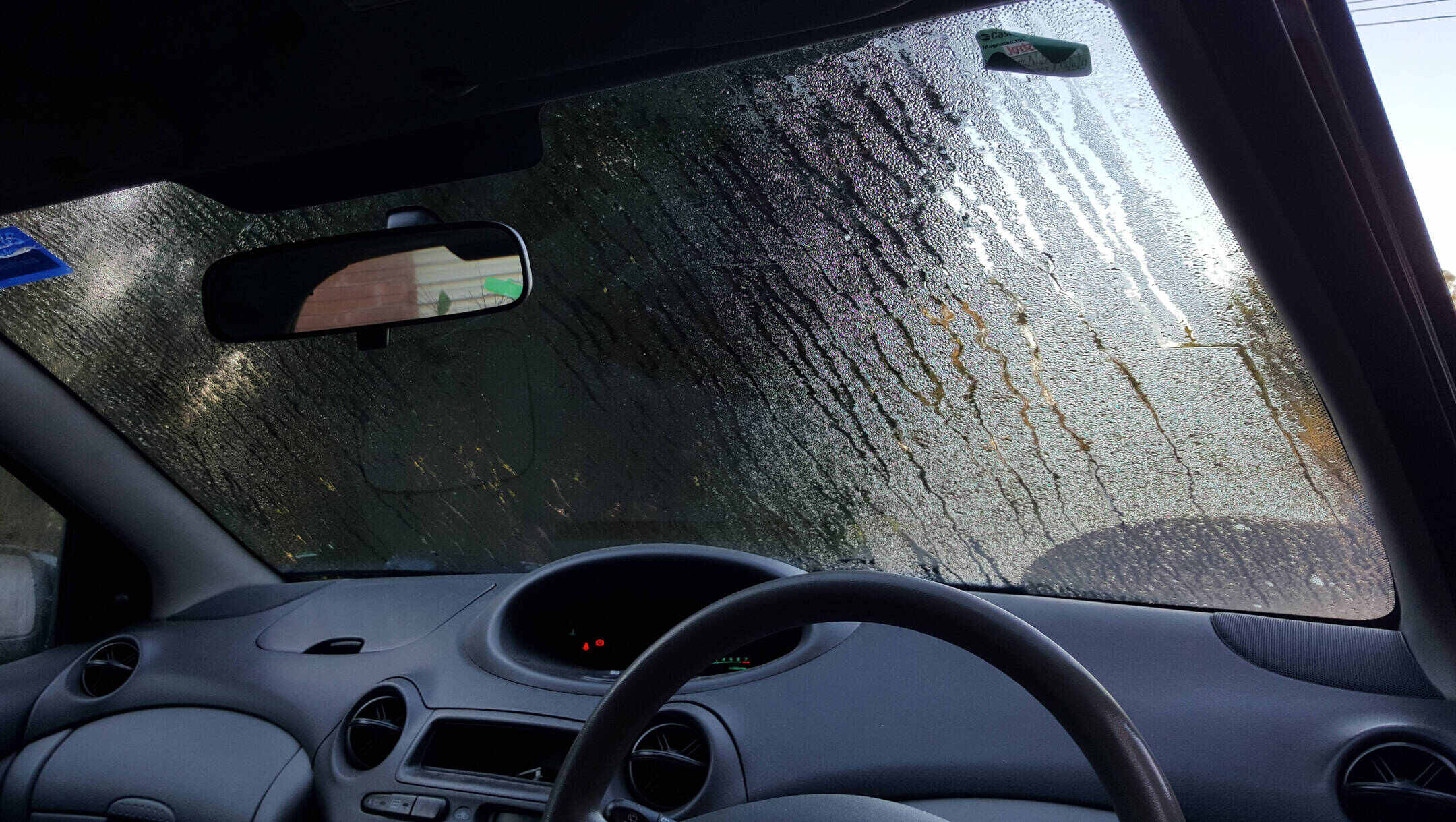
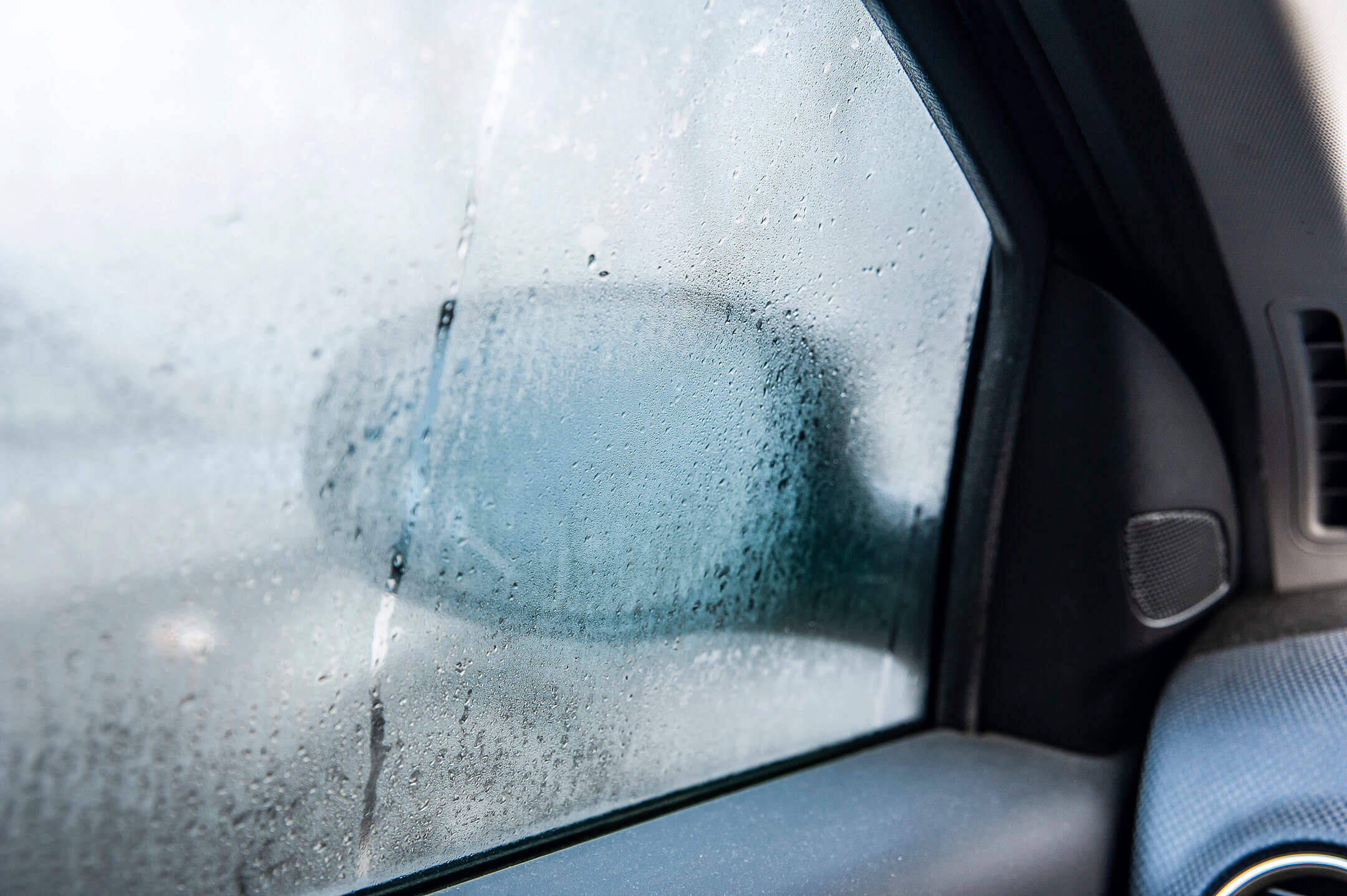
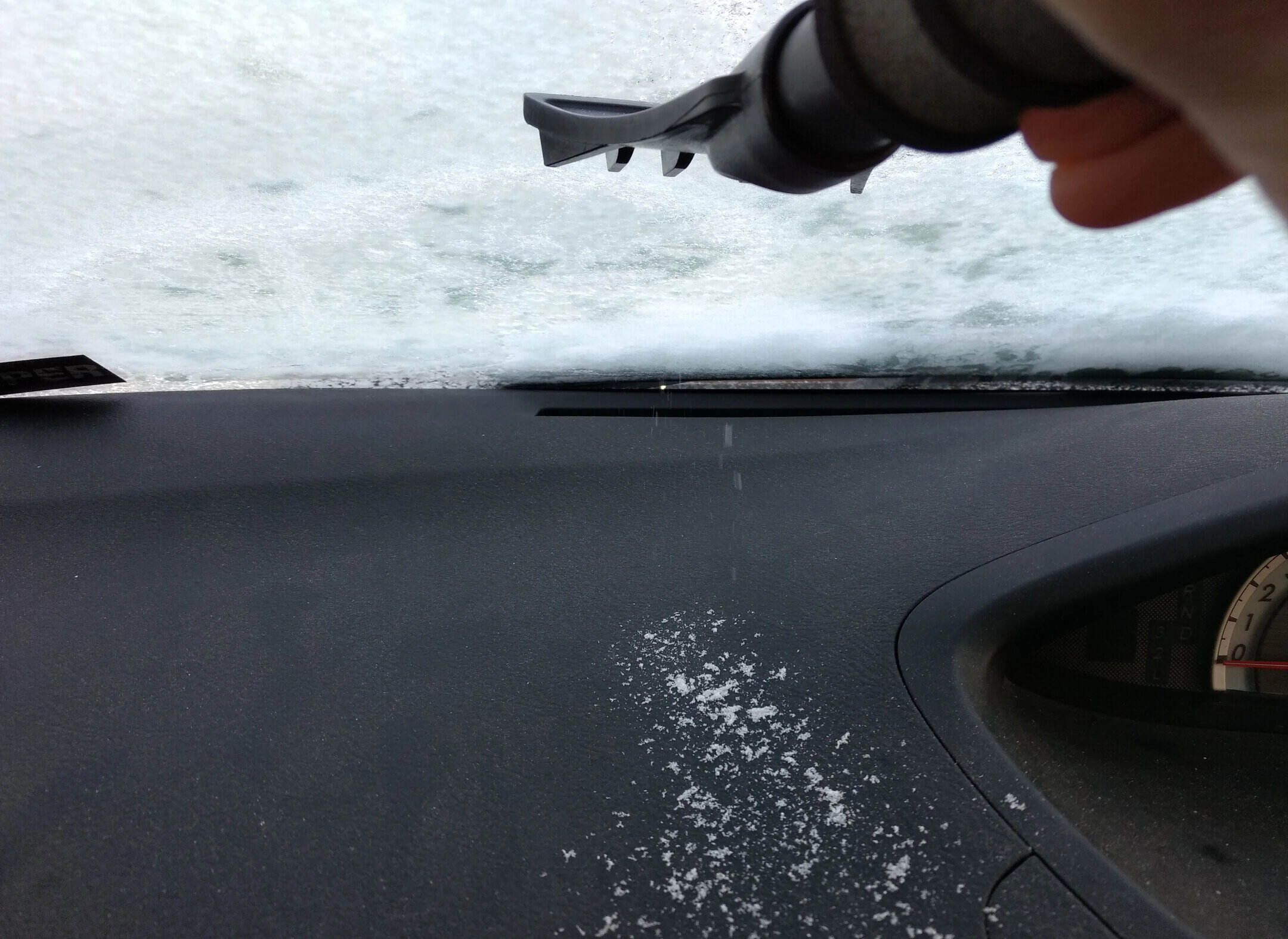

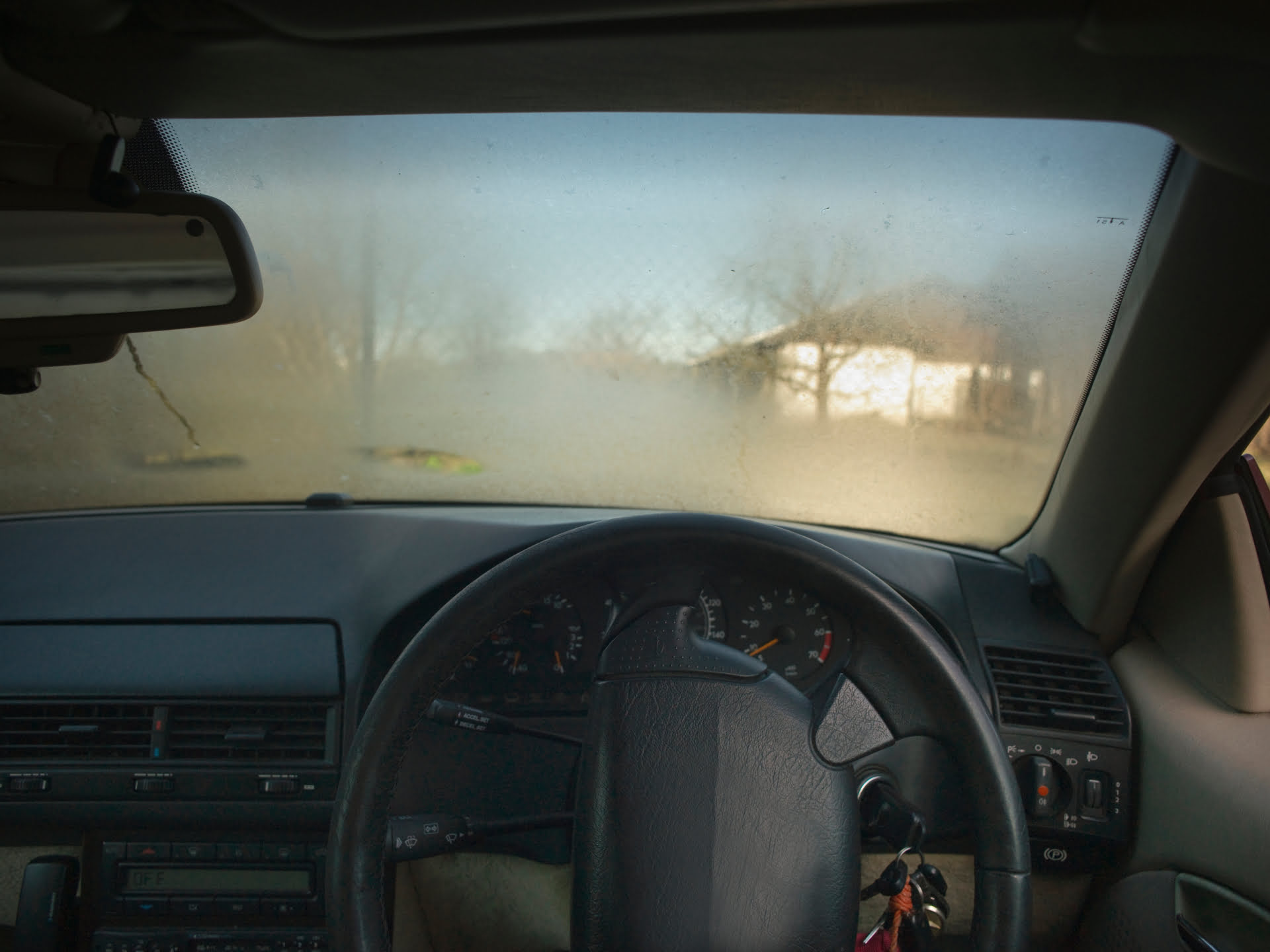
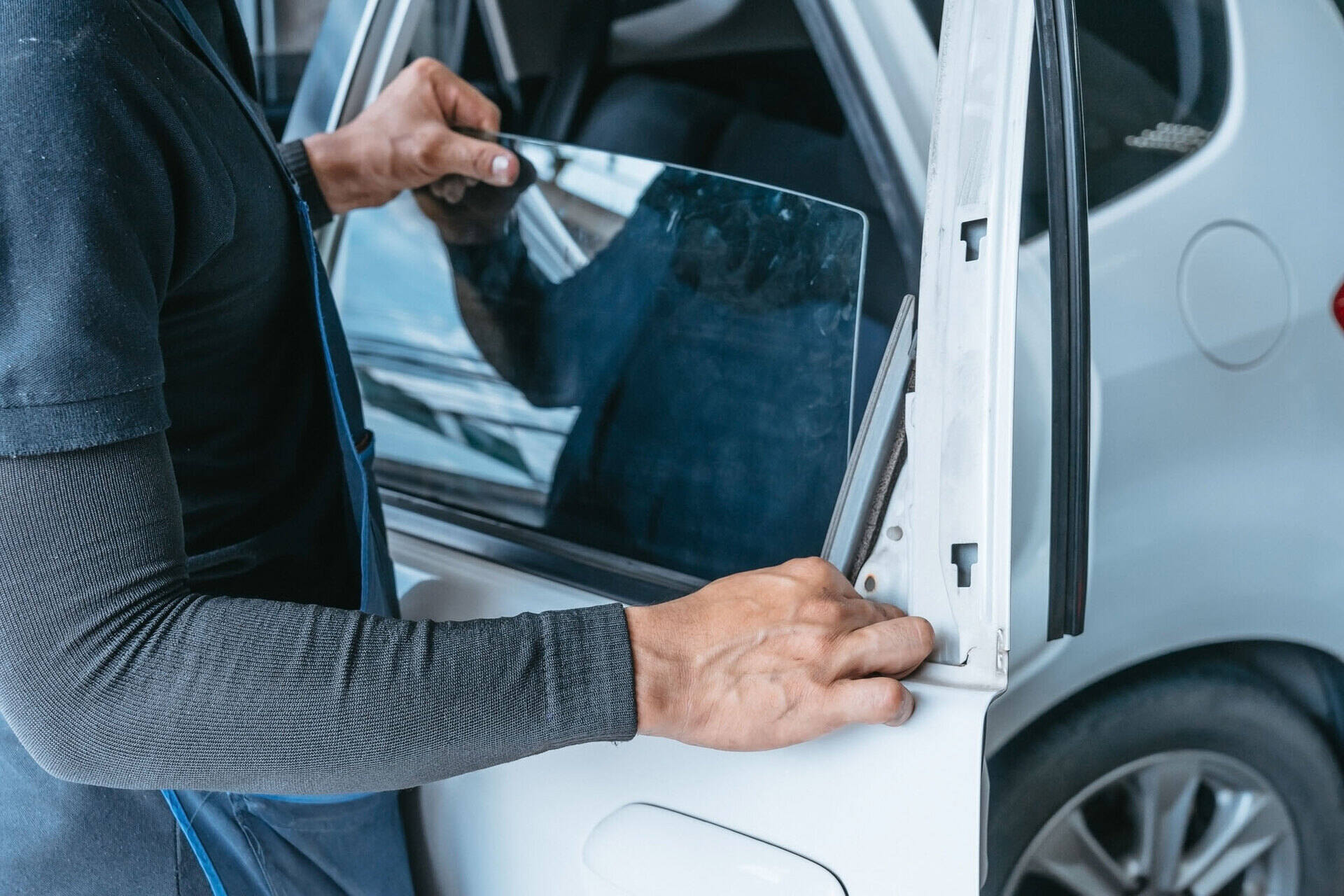

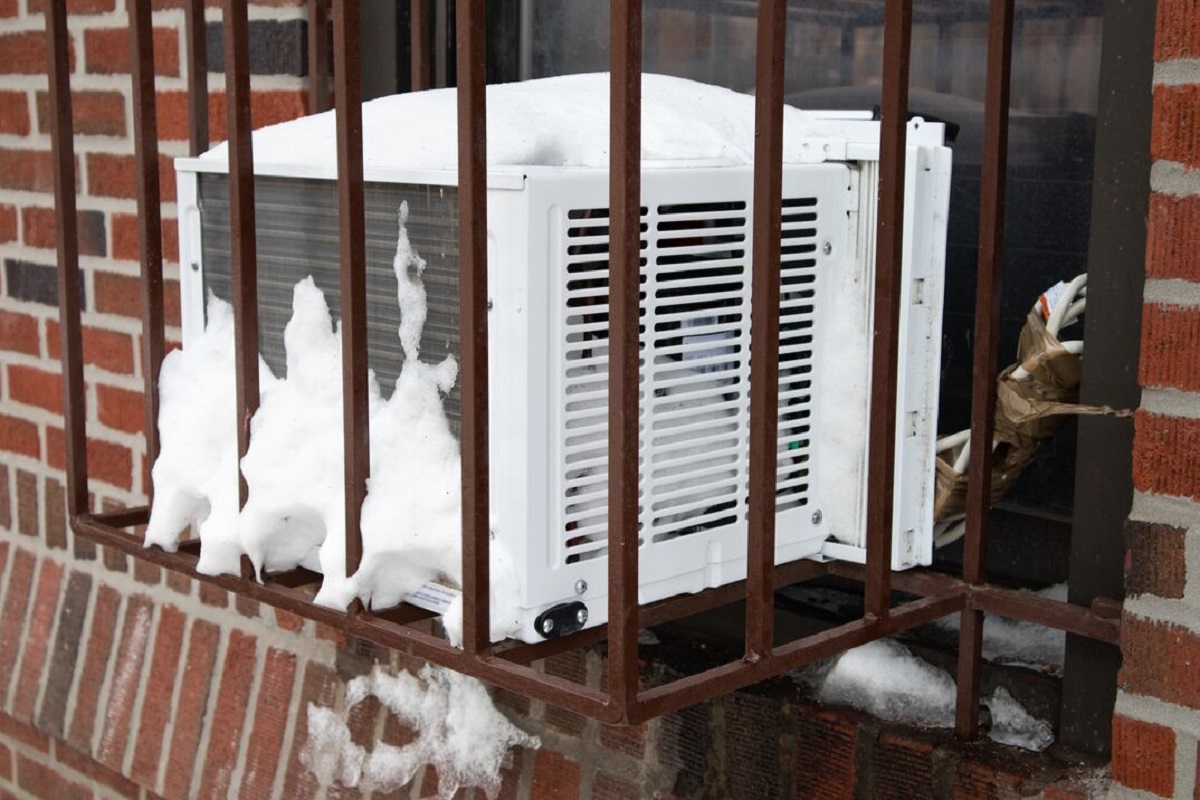
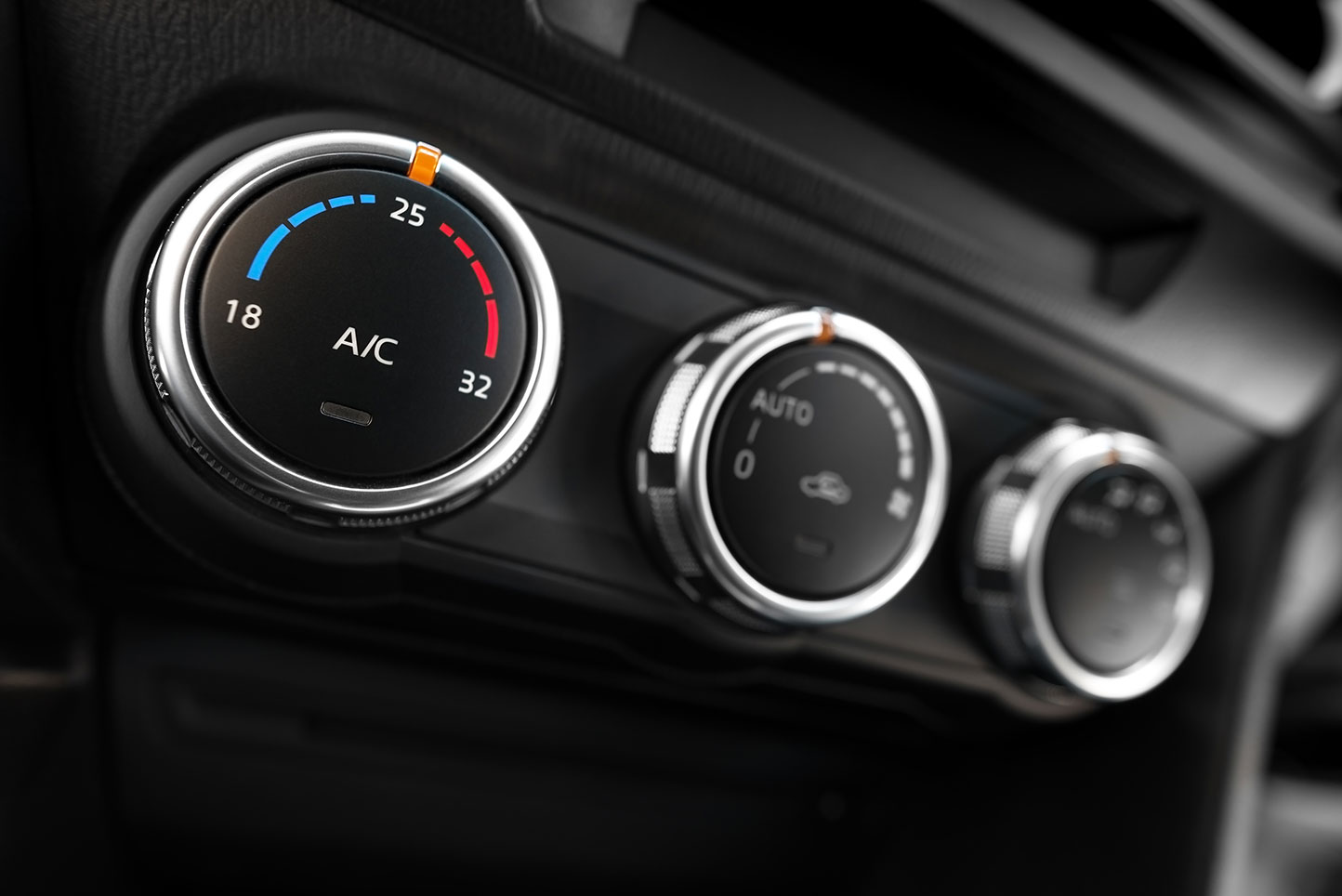
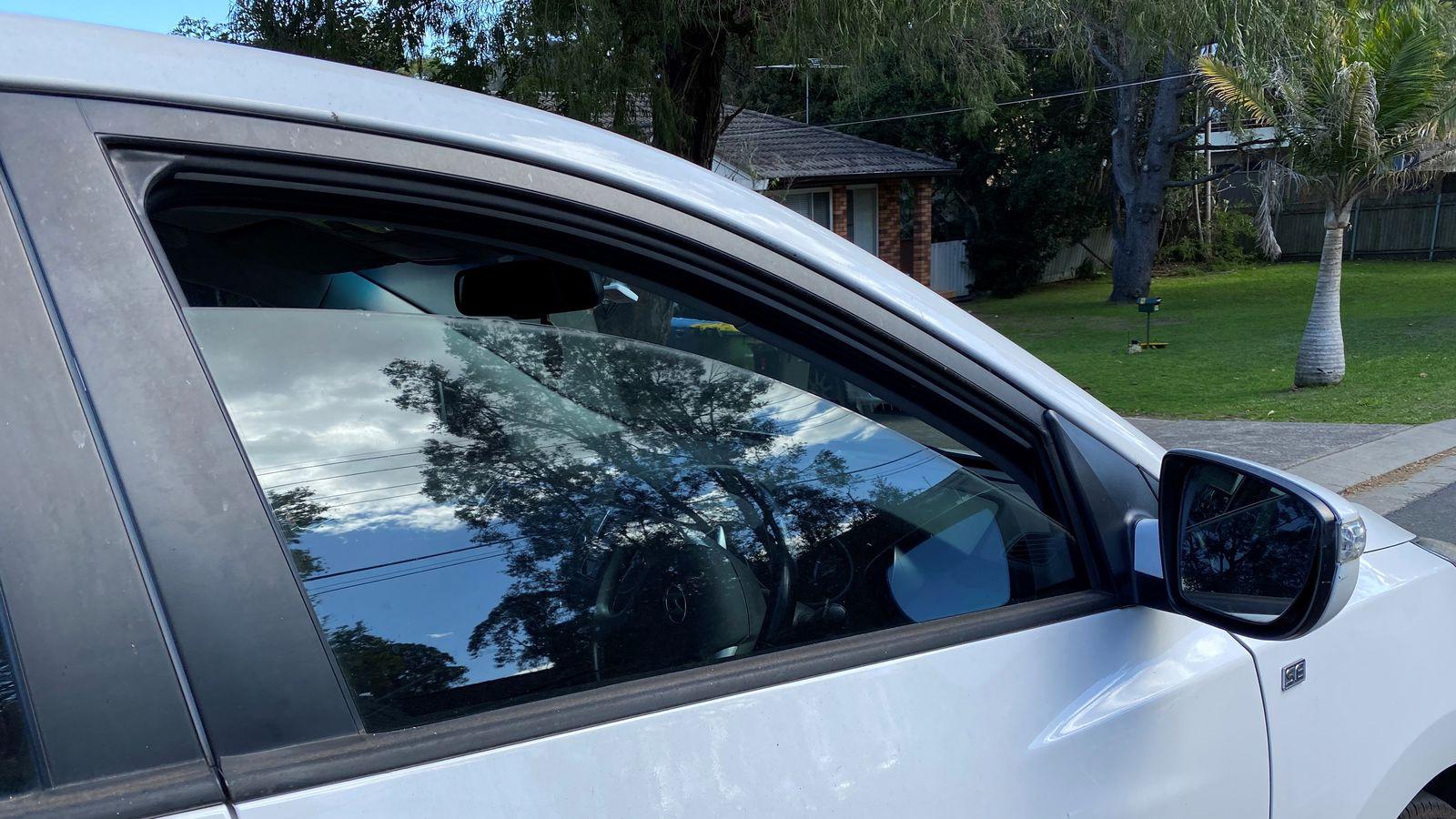
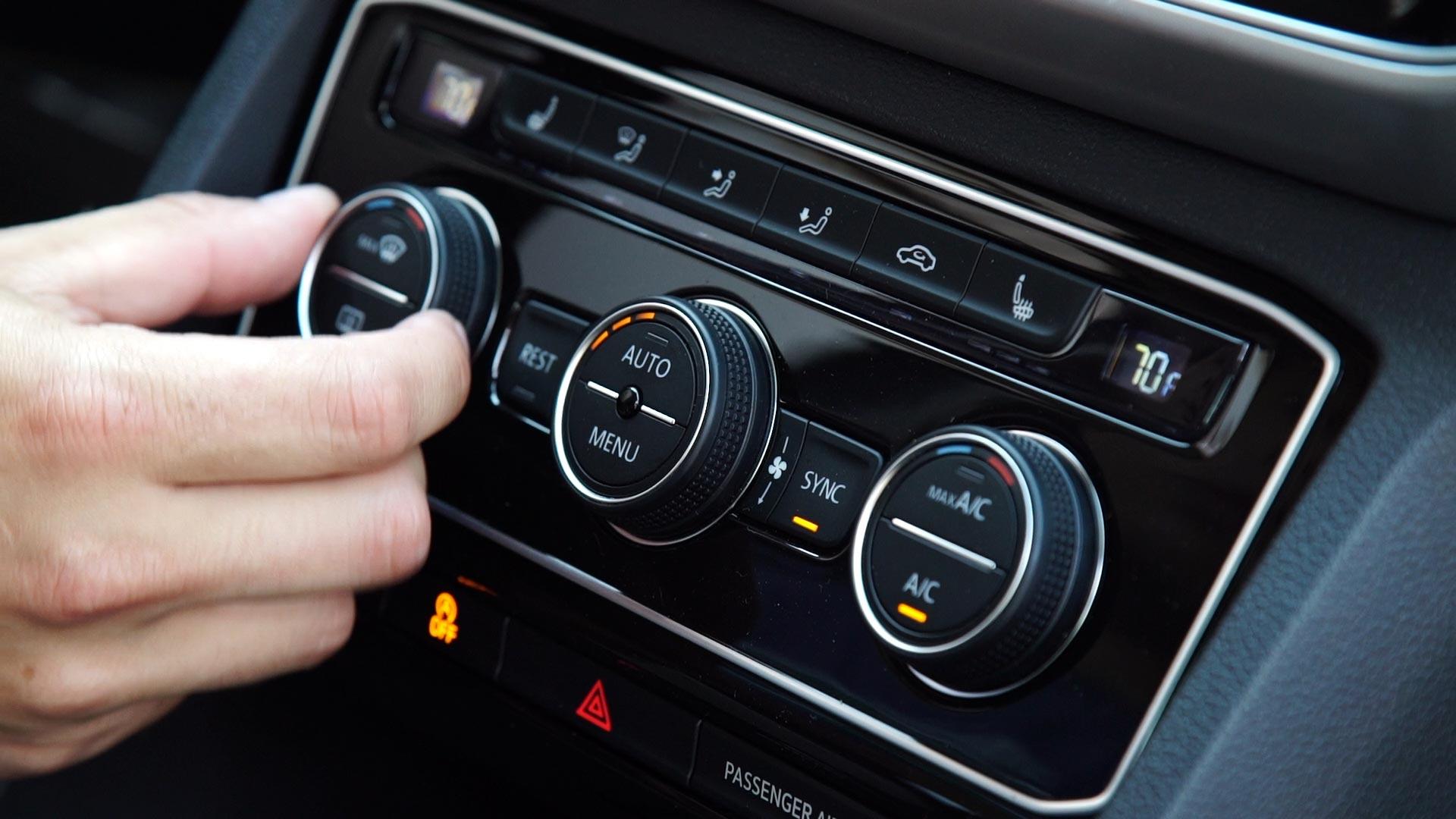

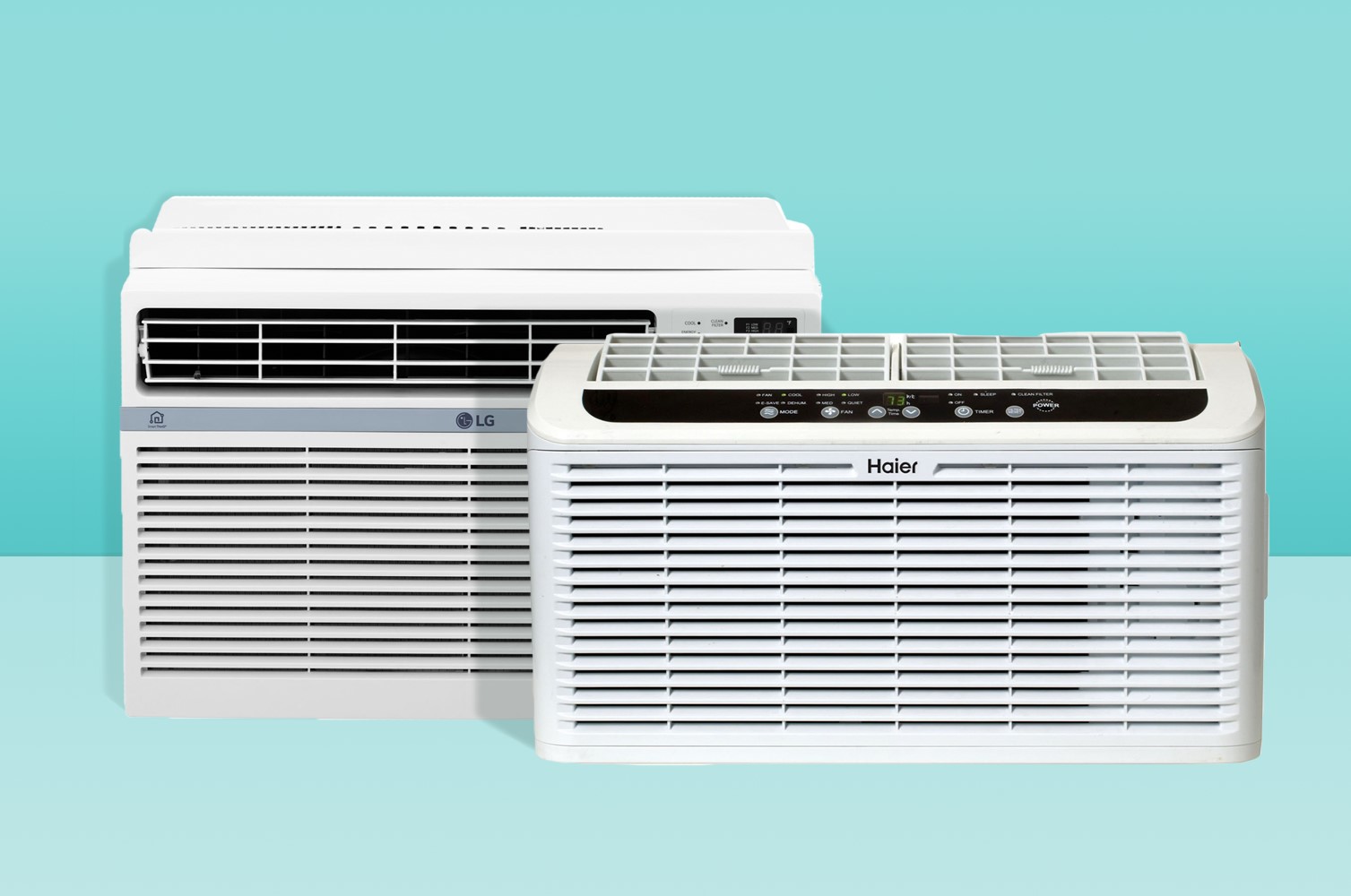
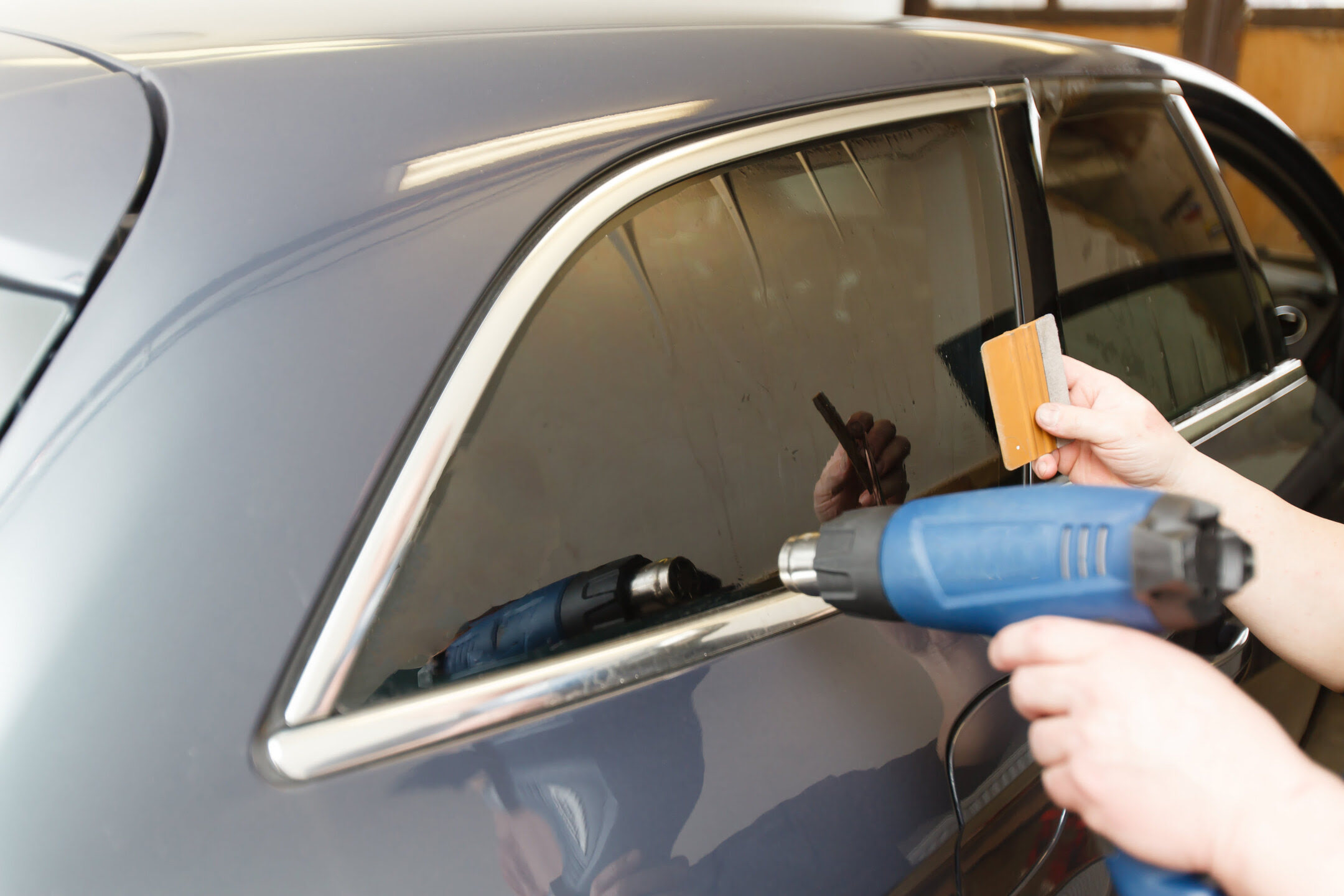

0 thoughts on “Why Are My Car Windows Fogging Up Inside When Parked”